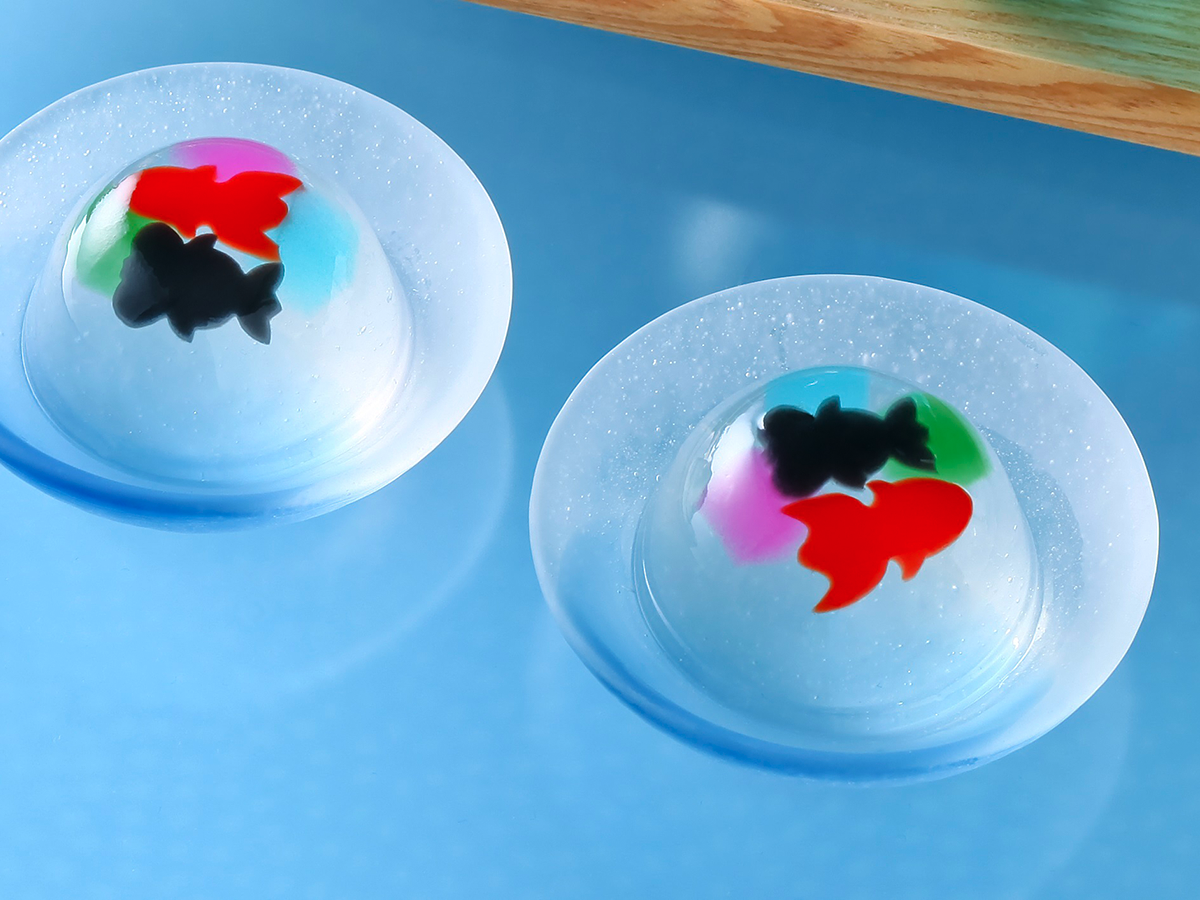
Source: PR Times
Goldfish swimming in traditional Japanese ‘raindrop’ jellies are a refreshing summer sweet
- Source:
- PR Times
- Tags:
- Wagashi
Related Article
-
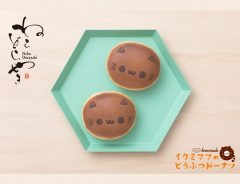
Animal donut specialty shop Ikumimama branches out to wagashi with new cat face dorayaki
-

Beautiful seasonal sweets represent Japanese summer with fireworks festival wagashi
-

Adorable Detective Conan wagashi coming to Japanese convenience stores for anime dessert at home
-
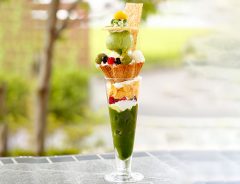
Enjoy the Height of Japanese Desserts With The Tallest Matcha Parfait in Japan
-
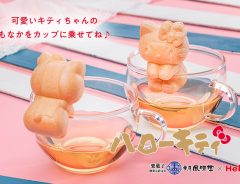
Japanese Genji era confectioners create DIY Hello Kitty wagashi that can hang off your teacup
-
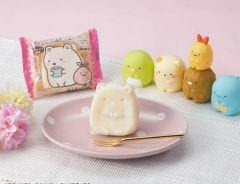
Sumikko Gurashi convenience store sweets return with shirokuma milk mochi cakes

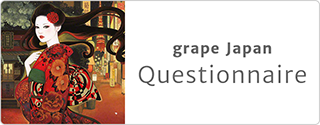
Wagashi, meaning traditional Japanese sweets, are known not just for their delicious taste and meticulous craftmanship, but also for their gorgeous presentation. It’s also usual to have a range of seasonal sweets, associated with certain times of the year. For the sweltering summer, this Tokyo-based sweets makers, called Nihonbashiya Choube, have come up with a pretty sweet which will make you feel refreshed thanks to both their appearance and taste.
Traditional Japanese jellies with goldfish swimming inside.
The type of jelly sweet that these lovely creations are made of has captured worldwide attention and became known as ‘raindrop cakes’ thanks to a trend for them in New York. They were named so because they resemble a raindrop which has landed on a plate. These translucent treats hold plenty of potential for aesthetics as we’ve previously seen with Lawson’s ‘asteroid jellies’ or the sakura season’s pink cherry blossom confections.
Nihonbashiya Choube's sweets are inspired by ‘Kingyosukui’, a traditional game at summer matsuri that allow festival-goers to catch their own goldfish. The jelly’s swimming inhabitants are made from yokan, another type of wagashi made from red bean paste, sugar and agar. The jelly’s flavour is a refreshing lemon.
The sweets are also attractively packaged with goldfish adorned wrapping, making them a beautiful gift or souvenir. The jelly can be bought individually for 270 yen, or in sets of various sizes up to 7 jellies for 2160 yen. They will be sold from the beginning of June until mid-August and can be ordered from Nihonbashiya Choube’s online store.